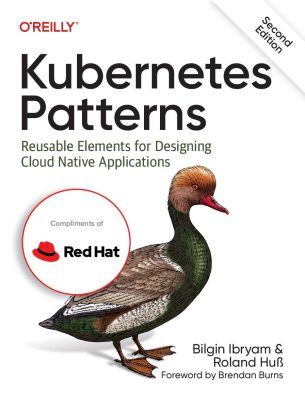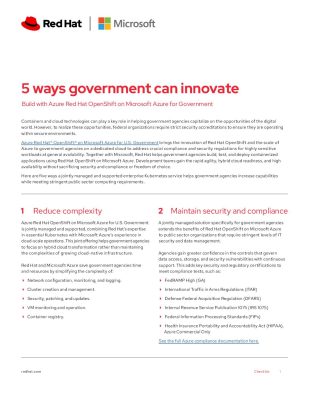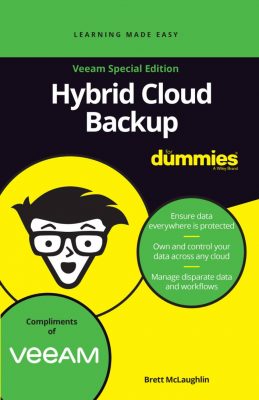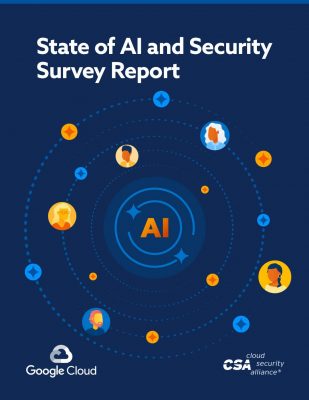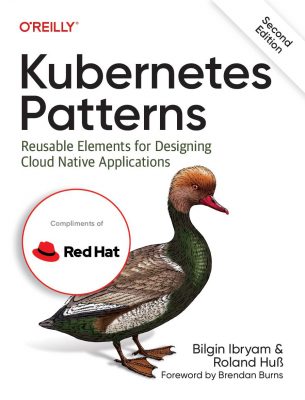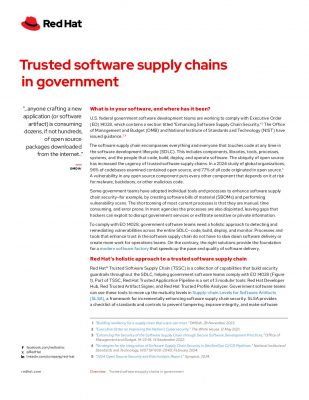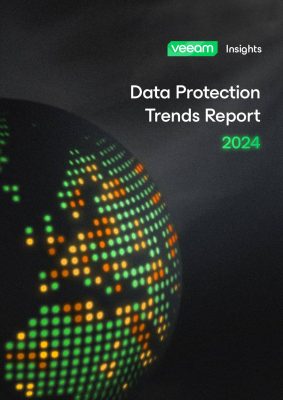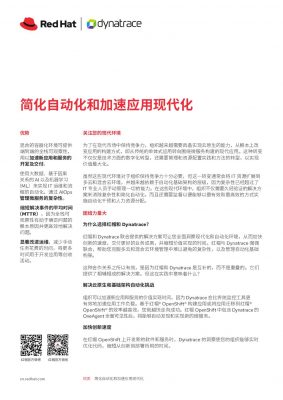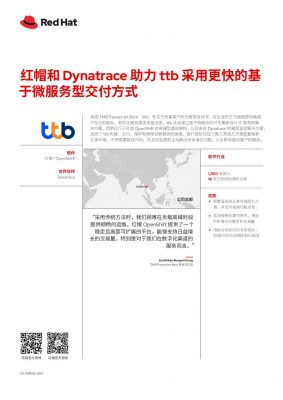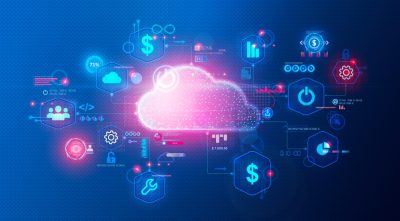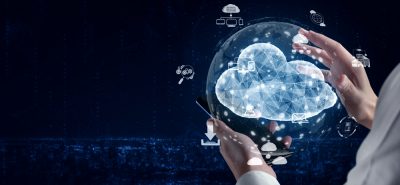Highlights:
- A B2B company using a multi-tenant analytics platform can provide each customer with an isolated analytics instance containing only their relevant data.
- The simplest of the multi-tenant model types is a single, shared database schema with a multi-tenant database. It offers relatively low costs for tenants due to shared resource utilization.
Multi-tenancy in cloud computing allows service providers to offer affordable public cloud options and enables SaaS companies to distribute software to employees across various locations. “Tenant” refers to the user groups or customers who share access to software and hardware resources.
A multi-tenant architecture uses a single software application or service to serve multiple customers. Tenants have flexibility to configure displays, business rules, users, and database schemas but cannot modify the application coding standards.
Multi-tenant Architecture in Analytics
Multi-tenant analytics uses multi-tenant architecture to allow companies to securely and cost-effectively share dashboards and reports with different user groups while using the same resources.
A B2B company using a multi-tenant analytics platform can provide each customer with an isolated analytics instance containing only their relevant data. While all customers share the same platform and resources, they cannot access each other’s data. The company can easily onboard new customers and push updates like new metrics or dashboard designs across all instances, streamlining management and scaling.
Understanding how multitenancy enhances analytics sets the stage for comparing its architecture with single-tenant models.
Difference Between Multi-tenant and Single-tenant Architecture: Pivotal Distinctions
Understanding the difference between architectural patterns is crucial for making informed decisions about cloud computing and software deployment.
| Multi-tenant Architecture | Single-tenant Architecture |
|---|---|
| Data is isolated at the database or application layer through tenant IDs or schemas. | Absolute isolation: every tenant gets access to a separate database. |
| Restricted customization; primarily through the application’s configurable settings. | Higher customizing flexibility to tenants to modify the software and infrastructure. |
| Highly scalable to add new tenants without major resource overhead. | Limited scalability due to new instance requirements of new tenants. |
| Feasible security hazards due to resource sharing. | Physical isolation offers higher security. |
| Centralized maintenance enables update application across all tenants. | Separate maintenance requirement for each tenant. |
| Less expensive due to shared resources and infrastructure. | Dedicated resource provisioning for each tenant demands higher costs. |
The architectural contrasts help navigate various models of multi-tenant setups, varying in resource sharing, protection with data isolation, and scalability strategies.
Types of Multi-tenant Architecture
The three fundamental multi-tenancy models differ in cost and complexity. Traditionally, each model is analyzed concerning its application and database dependencies — specifically, how the application utilizes the associated data.
-
Single application, single database
The simplest of the three multi-tenant model types is a single, shared database schema with a multi-tenant database. It offers relatively low costs for tenants due to shared resource utilization. This model employs a single application and database instance to accommodate multiple tenants concurrently and manage their data.
-
Single application, multiple database
This system employs a single application instance but maintains separate databases for each tenant. However, scaling can be challenging, with increased costs and overhead associated with managing multiple databases. This multi-tenant architecture database design is particularly beneficial when tenants require distinct data handling, such as compliance with varied geographic regulations.
-
Multiple application, multiple database
This model involves higher complexity in terms of cost, management, and maintenance. However, it offers enhanced security and allows tenants to be segregated based on specified criteria.
In the realm of cloud computing, the adoption of multi-tenant architecture has ushered in a new era of efficiency and scalability, yet it also brings forth significant cloud security challenges.
Security Concerns with Multi-tenant Architecture
While multi-tenancy is advantageous in practice, both vendors and tenants should remain mindful of certain security considerations.
-
Data leaks
Data leakage often occurs because of misconfiguration or inadequate data management by tenants or multi-tenancy providers. It can also occur when data is inadvertently transmitted or accessed by unauthorized individuals or when sharing protocols are mishandled.
-
API security voids
If not adequately secured, shared APIs in a multi-tenancy setting can pose risks of unauthorized access and cloud data breaches. Attackers may exploit these vulnerabilities to gain entry to sensitive data or disrupt service operations.
-
Higher downtime
Component failures or maintenance within a multi-tenant system have the potential to impact all tenants simultaneously, leading to prolonged downtime and significant service disruptions. To mitigate such risks, multi-tenant providers should design their architecture to include redundancy across multiple availability zones or regions.
-
Cross-tenant contamination
Inadequate tenant isolation can lead to data contamination, often referred to as the “noisy neighbor” effect, or unauthorized access between tenants. Such issues typically arise from system misconfigurations or unresolved vulnerabilities.
The security hurdles of multi-tenant architecture underscore the need for robust measures such as strong authentication, encryption, and strict access controls. Implementing these best practices is crucial to protect data integrity and privacy across shared environments.
How to Improve Multi-tenancy Security
Enhancing multi-tenant security begins with comprehensive measures to safeguard shared resources and individual tenant data.
-
Adopt process auditing
Enabling independent audits of IT systems, particularly those hosting applications and tenant data, is vital to ensure compliance with data governance regulations and standards, industry norms, and company policies.
-
Check effective separation
A cloud provider should implement strict encryption policies and access controls for virtual multi-tenant infrastructure to effectively segregate cloud deployments and ensure secure isolation of tenant data.
-
Integrate data loss prevention (DLP)
DLP measures help safeguard tenant data from loss or theft by attackers. They also mitigate risks such as unauthorized downloads of sensitive information to personal devices and accidental or intentional data exposure and sharing.
-
Track data sharing
Identify and oversee permission configurations applied to shared files, including those accessible to external users via web links. Employees can share confidential files through cloud-based email, document sharing, and scalable storage platforms such as Dropbox and Google Drive.
-
Verify access control of the cloud provider
Cloud providers need robust systems to manage employee access to resources storing, transmitting, and executing customer applications and data. They must demonstrate to tenants the effectiveness of these processes.
The Bottomline
Multi-tenancy arises from increasing demands for cloud storage. SaaS organizations actively pursue these resources to enhance IT service management and efficiency for their clients. Beyond cost savings, multi-tenancy enables enterprises to leverage readily available resources from providers. As data production and collection expand, the evolution of multi-tenant architecture remains dynamic, evolving to more sophisticated methods of managing multiple tenants within a single application instance.
Immerse yourself in a thoughtfully curated selection of cloud-related whitepapers meticulously designed to deepen your understanding with thorough analysis and comprehensive insights.
